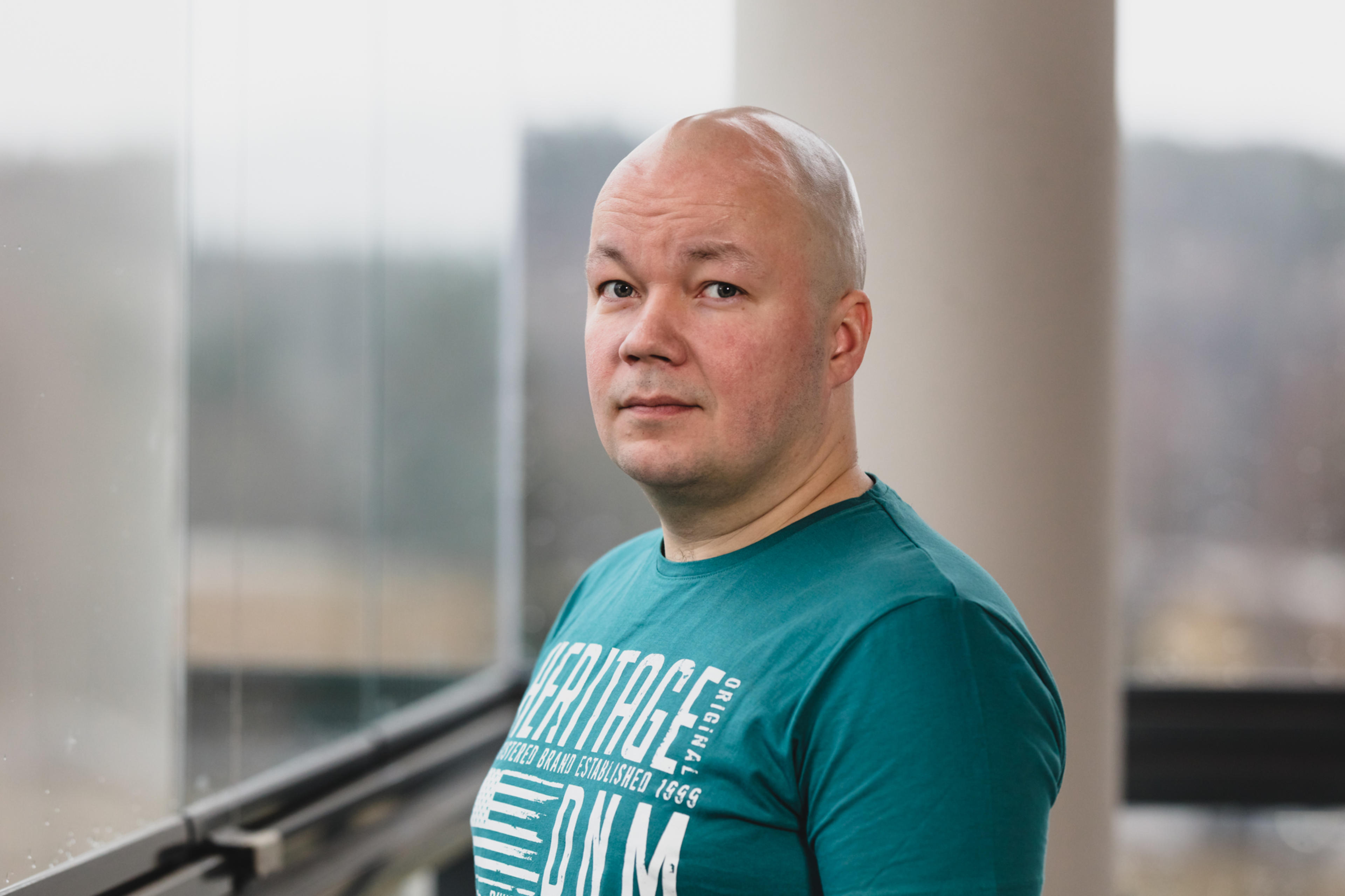Chronic obstructive pulmonary disease (COPD) affects about 3 to 4 percent of the population in Finland. The illness is often found at a mild or moderate stage. The most important treatment is quitting smoking. However, in some cases, the illness progresses and becomes severe.
Some diseases affecting the lung tissue may become severe as they advance and the lung tissue is replaced by fibrotic tissue. The most common illness of this type is idiopathic pulmonary fibrosis (IPF). If lung transplant is not an option and the progression of the illness can’t be slowed with medication, the illness is usually terminal.
Symptoms of severe lung disease include shortness of breath on minimal exertion, such as walking less than 100 metres on flat ground, recurrent exacerbations (episodes of sudden worsening of symptoms) and hospitalisations, having many other illnesses, significantly reduced pulmonary function as shown by breathing tests, and the need for oxygen therapy.
Even if the illness is severe, some patients live with it for several years. However, they still need a great deal of symptom management and support. In addition, the illness may rapidly progress to a point where the patient needs hospice care; this may come somewhat unexpectedly following a serious exacerbation. This is why it’s worth ensuring good palliative care alongside other treatments and making an advance care plan with the attending physician. This does not mean that the patient can no longer receive rehabilitation or treatment that aims to slow down the illness – on the contrary.


